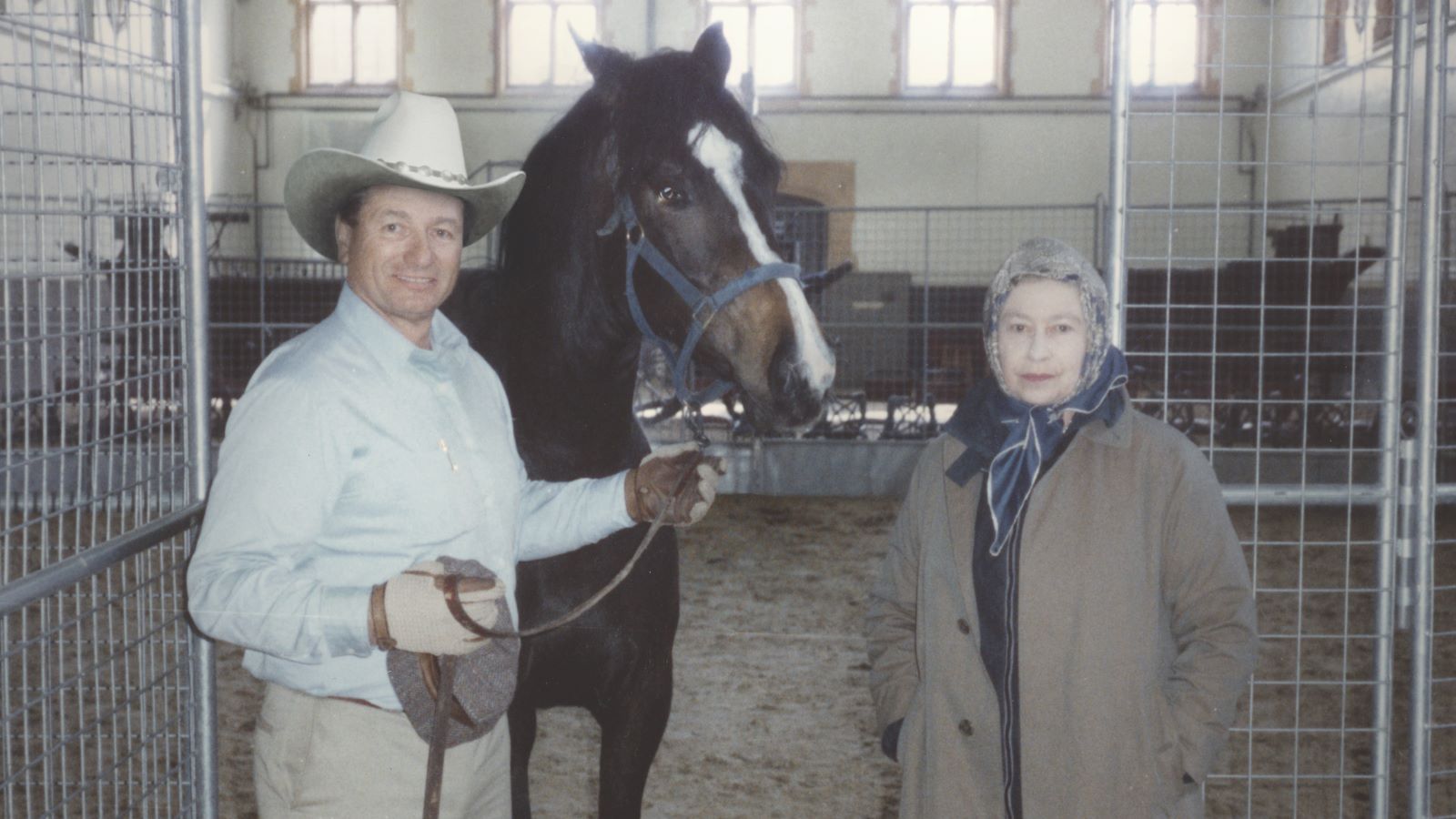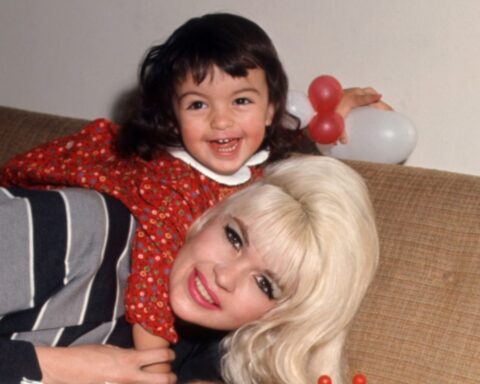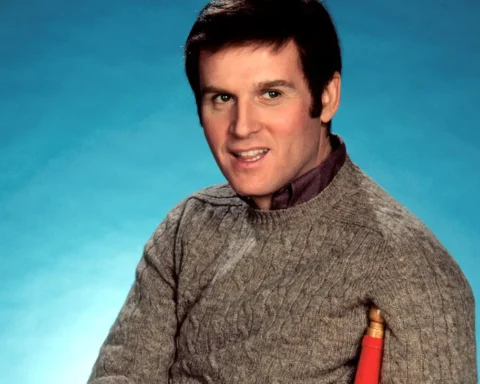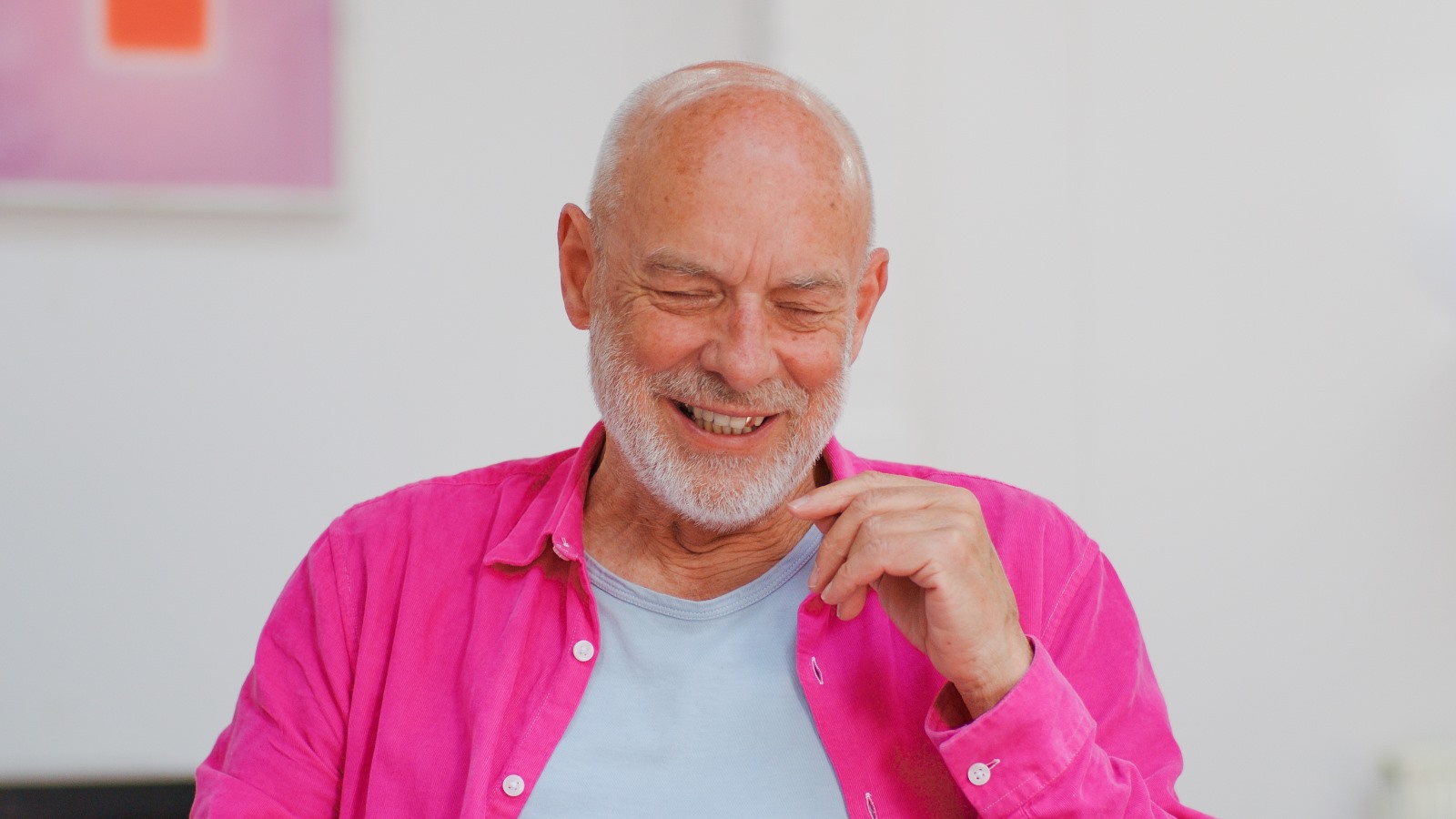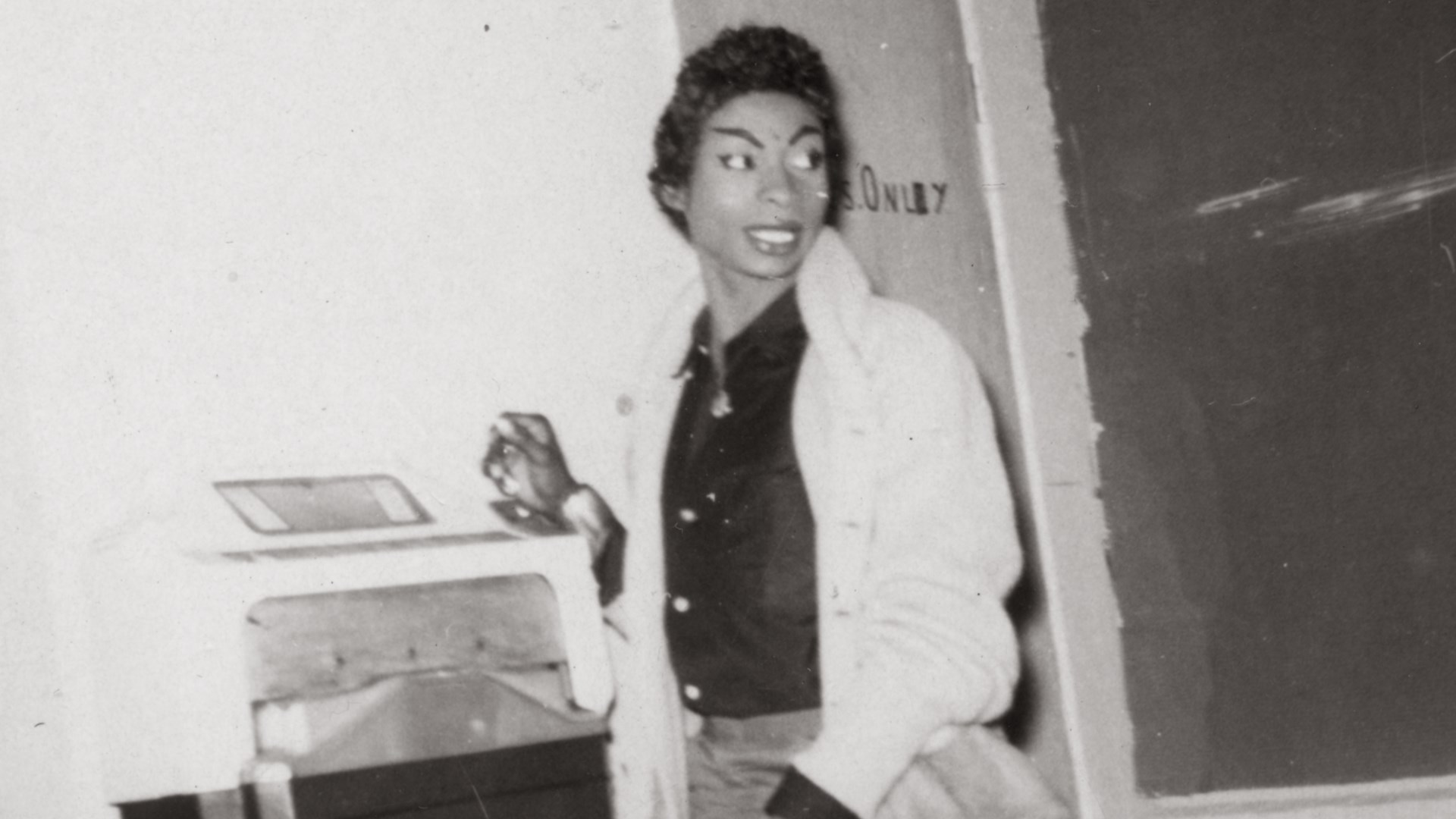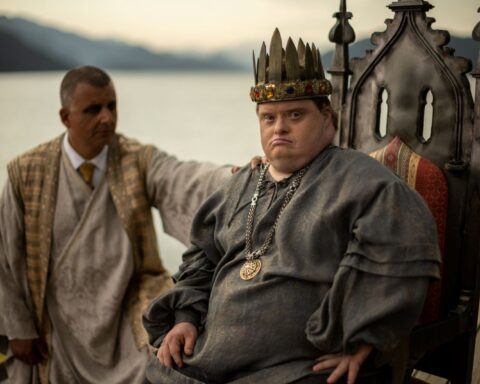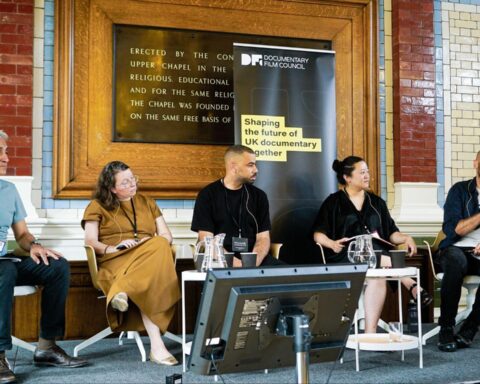The Cowboy and the Queen
(USA, 85 min.)
Dir. Andrea Nevins
Monty Roberts is cowboy royalty. The lifelong horse wrangler, rider, and trainer from California created a turning point for animal rights by winning over an interested party when his method for training horses ethically drew mass skepticism. That curious person was Queen Elizabeth II.
The Cowboy and the Queen could easily fuel a few episodes of The Crown with its amazing story of an unlikely friendship. Director Andrea Nevins chronicles Roberts’ breakthrough methods that struggled to turn the tide among traditionalists in his field, yet eventually reached critical mass after convincing the late monarch that one didn’t need to hurt a horse in order to heal it. Roberts’ story of leading with care offers a valuable lesson in empathy. This moving doc if conventionally unfussy doc proves that there’s much to learn from Roberts about how to treat both the animals and the humans with which we share the Earth.
Roberts, now 89 years old, recalls being fond of horses from an early age. He takes audiences back through memory lane as he remembers his first horse, Ginger, which he deeply cared for. However, Roberts admits bitterly that it was a different time.
Growing up in California, he saw firsthand how horses suffered on movie sets. Particularly coming of age during the heyday of westerns, Roberts’ love for horses coincided with some of the worst animal cruelty in Hollywood history. A painful montage shows crash after crash in Hollywood westerns as Roberts explains the technique that would topple horses while protecting riders. The stunt rider, he explains, would trip the horse and break its neck. Its body absorbed the blow while ensuring the rider a safe landing. The cowboy’s disgust is palpable.
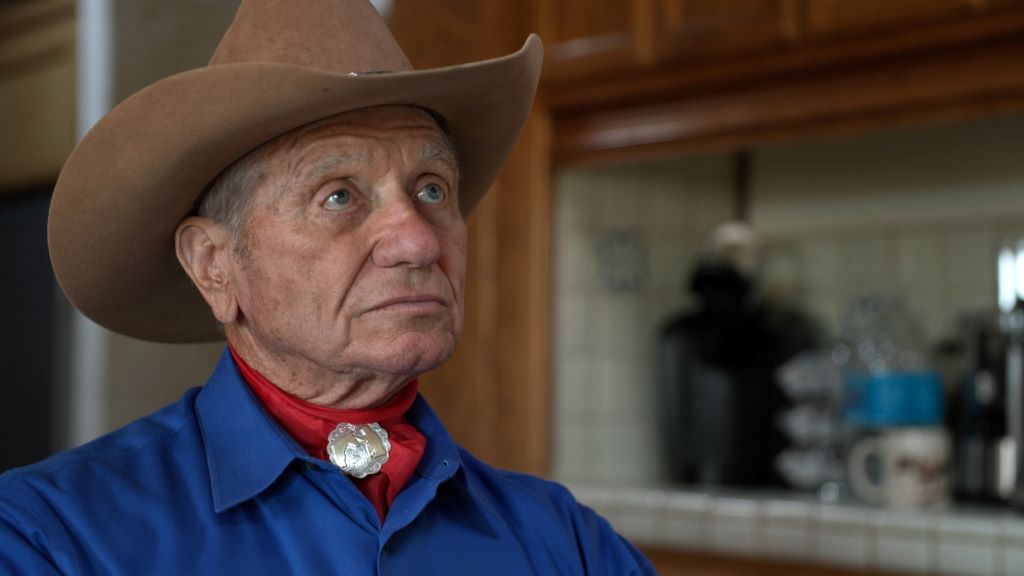
So too is his heartache when he tells how he was forced off the ranch along with fellow cowboys and horses to make space for Japanese internment camps during World War II. Besides the sense of confusion the young Roberts experienced while seeing a friend hauled off simply for being Japanese, he recalls the pain he felt when he learned that Ginger was ground into dog food when the rodeo closed. Realising at a young age how the world treats both people and animals as disposable proved a key awakening.
Years later, Roberts recalls, this frustration over the emphasis on pain inspired him to seek an alternative approach to horse training. Roberts explains how the traditional method, known as “breaking,” demands a trainer beat a horse into submission. One literally breaks its spirit. In turn, Robert says the horse follows the trainer out of weakness. After a few weeks, it can be saddled and ridden.
Instead, Roberts shares his “whispering” approach. Nevins intercuts some grand archival material with handsomely shot contemporary footage that shows the cowboy in action. He displays his now-tried-and-tested method that simply tires a horse after inspiring it to run some loops in a closed space. He then connects with the horse after letting it look to him for guidance. About 20 minutes later, that horse is in the saddle.
This research proves a breakthrough, but critics don’t bite. Breaking horses, the skeptics say, offers the tried and traditional method. Its cruelty, however, receives less concern than its longevity. That is, until Queen Elizabeth II hears of this humane approach to raising animals.
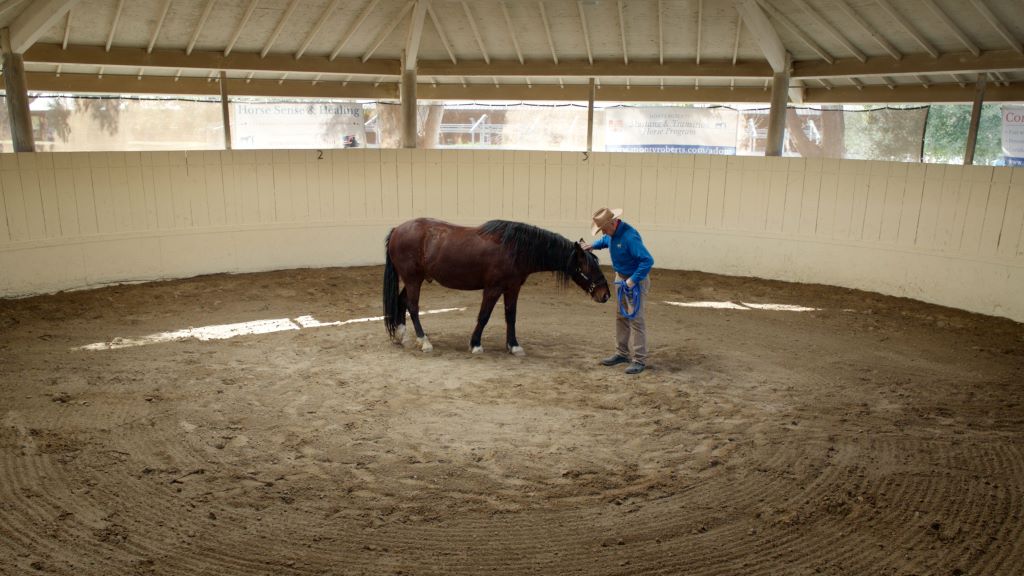
The Cowboy and the Queen admittedly takes a while to bring Elizabeth II into the story, but once it does, there’s some great material that offers a candid look at the monarch and her friendship with Roberts. The Queen summons him to Windsor Castle where he demonstrates his technique. As critics continue to suspect foul play, Elizabeth II breaks out the big guns—untamed horses from Scotland—and Roberts tames them even quicker. The sharp monarch’s affinity for animals, noted by the entourage of small dogs in her wake, immediately strikes up a friendship and breakthrough partnership.
A handsomely shot BBC documentary bridges the period between Roberts’ breakthrough with the queen and his gradual acceptance within the rodeo community. After a relative challenges his claims that he tamed a mustang in the wild, Roberts embarks on a quest to do it again, but with cameras by his side. (“Photo or it didn’t happen,” etc.) The results are remarkable as the footage shows Roberts soothe the wild stud’s spirit.
Notably, the effort doesn’t limit itself to humans. Nevins features stories with war veterans whose PTSD found relief through this manner of slowing down and meeting another at eye level. Getting in the pen with a horse heals a human soul just as well by forging a connection with the animal.
Nevins mixes archival material and contemporary footage to show the enduring personal and professional relationship between Roberts and Elizabeth II. Some candid footage, shot at a respectful distance, captures the soft-spoken queen in her final years as she shows continued interest in Roberts’ work. She even takes a moment to highlight the human lives he’s touched along the way.
The cowboy, meanwhile, offers personal insights into his relationship with the queen. For one, he tells that she didn’t like Donald Trump very much (can you blame her?), but her appreciation for the trainer received one of her highest compliments: she named one of her dogs Monty. An invitation to her funeral, meanwhile, provides a civilian honour that illustrates to the world how deeply Eliabeth II valued their friendship. The generally reserved cowboy chokes up a little while remembering the queen’s recent passing–a touching display of vulnerability that reveals there’s more to these people than one sees in official images.
Besides the horses, one sees how Elizabeth II’s willingness to listen to Roberts, rather than berate him like his colleagues and family members did, echoes his approach. The Cowboy and the Queen offers a refreshing lesson in kindness. It’s a welcome “call to action,” so to speak, that audiences can take with them while leaving the theatre. Compassion, empathy, and active listening let anyone feel like they’re given the royal treatment.




